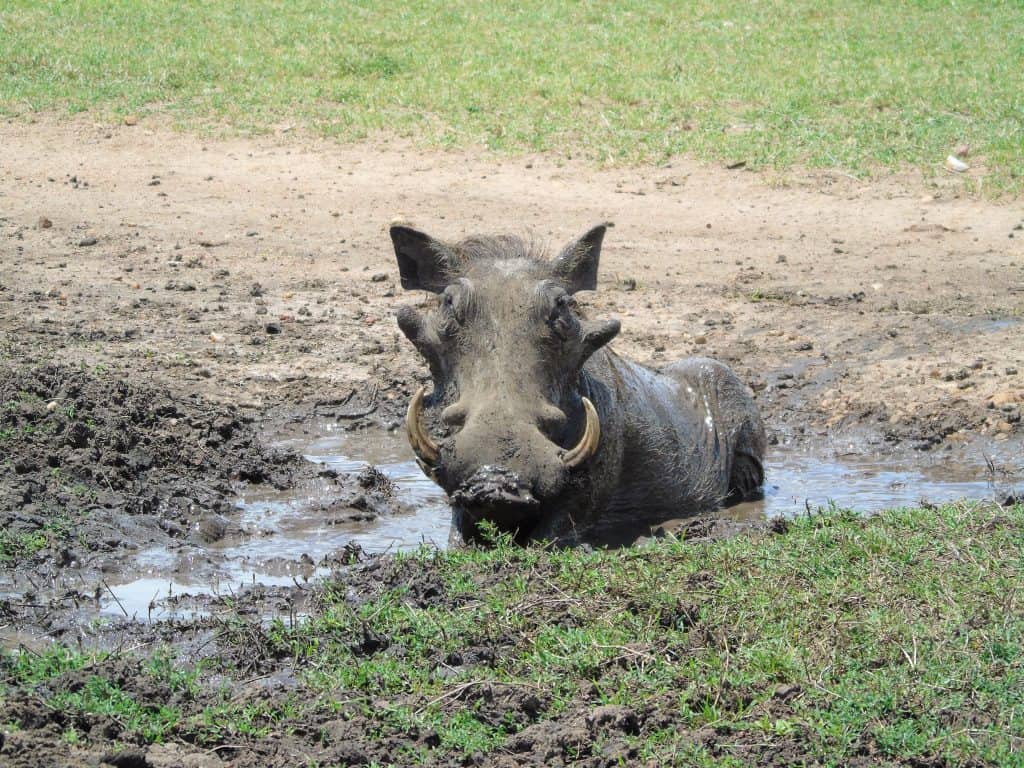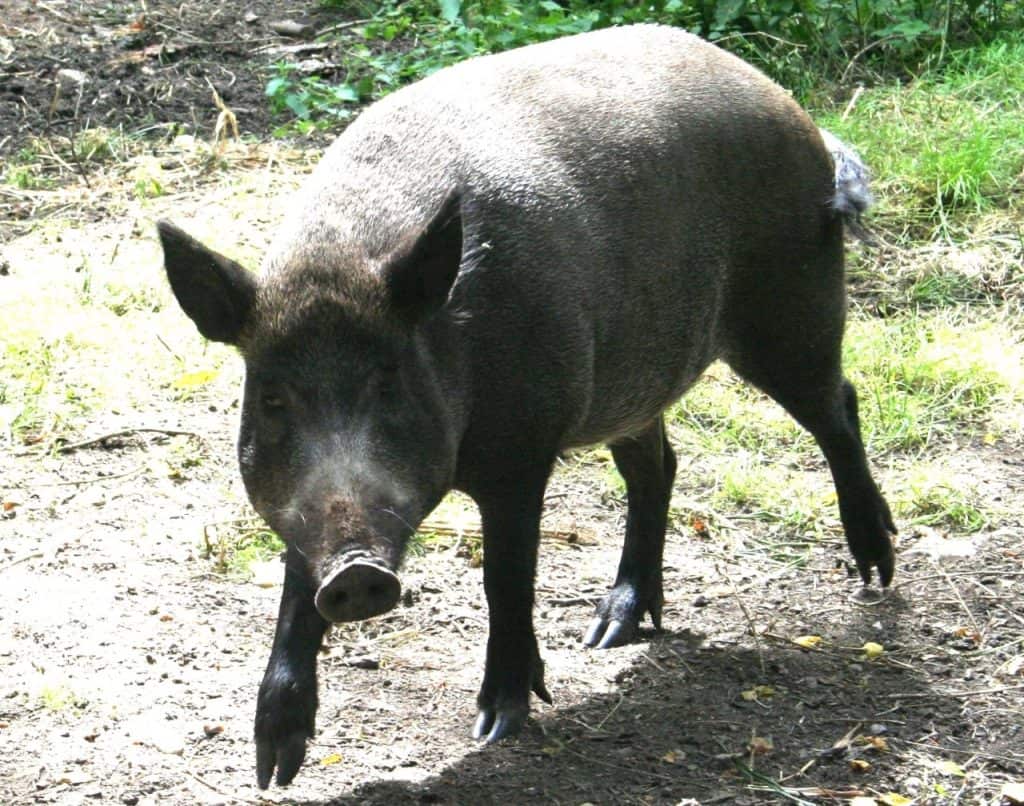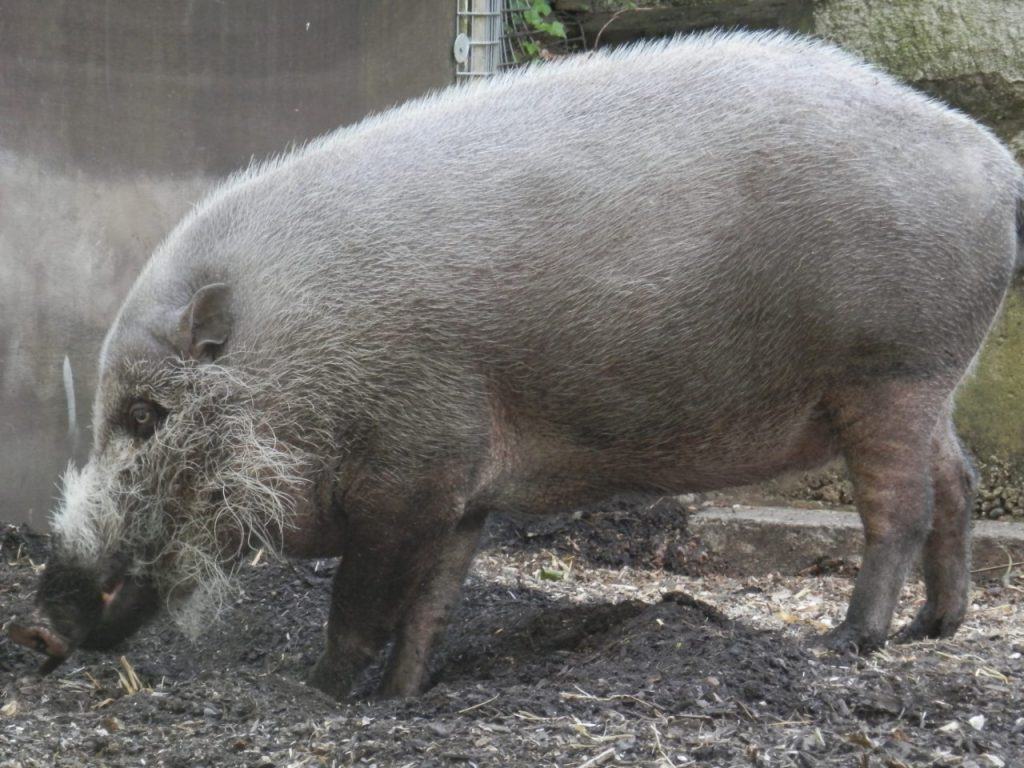I don’t know about you but to me this year is starting to fly by, nearly at the end of February already! Where has the time gone? I wont complain too much as the evenings are getting lighter and the days getting longer. With spring time on the horizon, the 1st of March is fast approaching meaning there are 2 very important events that happen to occur on that day and should be pencilled into your diary. I’m talking about Pancake Day and National Pig Day of course!
I’m not going to focus too much on pancakes however, I am very particular with what I have on my pancakes. For me its either the standard lemon and sugar or if I’m going to spoil myself then ill go for raspberry jam and Chantilly cream. What’s your favourite topping?
While we are on the subject on pancakes, of course on the 1st I will be making the pigs some pancakes (pig friendly of course), so watch this space as I’m sure there will be some photos of Maximus and Achilles enjoying those.
Pig Day
The celebration of National Pig Day happens all over the world but is mostly celebrated in America. Pigs were domesticated many thousands of years ago in Asia and brought across to Europe in the 18th Century, we now have hundreds of different breeds of domestic pig.

In the UK we also have 11 native pig breeds and sadly all 11 are considered rare and at risk of extinction. Each breed has different characteristics, history and ‘uses’ which I’m going to look into in this blog for you.
British Landrace
A large, white pig with heavy drooping ears. A very versatile breed, which performs well in indoor or outdoor systems of management and sows having the ability to produce and rear large litters of piglets.
British Lop
Similar in appearance to a Landrace. A hardy breed, good forager and generally placid/easy to manage despite their size. The sows have excellent maternal instincts and litters are particularly large.
Large Black
A long, deep bodied hardy breed that can cope with most conditions. They are completely black in colour with distinctive lop ears. Their black skin makes them very good at coping with being in the sun and so they are a popular choice in hotter climates. Sows weigh around 300kg and boars 350kg.
Middle White
Is a medium sized hardy pig that does require more shelter than some breeds. They can struggle in both extreme heat and extreme cold. Characteristic snub noses and large pricked ears.
Berkshire
Can cope with most conditions, It is a docile breed that is easily managed. They are black with white socks on the legs, white tail and they have a white mark on their face too.
Large White
Is a large, lean white breed. It is known for having an excellent F.C.R. (feed conversion ratio). The sows weigh around 260-300kg and boars between 350-380kg.
Tamworth
Is a very hardy and its distinctive ginger coat protects the breed from sunburn. They are considered to be Britain’s oldest pure breed> They are a long legged, lean pig that has pricked ears and a long snout.

I would also like to add that this is my favourite breed out of the 11. When I first started at Wingham we had a Tamworth sow call Tammy. Although, I do remember having to put sunscreen on her ears in the summer months as she didn’t have much hair on them.
We also had a breeding pair of micro pigs. They weren’t very micro though- more like pot bellied pigs! However, the piglets they had were very micro when first born- until they starting growing, which they did very quickly!

Saddleback
Is a large hardy breed. They have lop ears and a deep black body with a white band around the saddle and the front legs.
Gloucestershire Old Spot
This is a hardy breed that can cope in most conditions, also having a reputation as an excellent forager. A broad, deep bodied pig that are white in colour with distinctive black spots and large, lop ears.
Oxford Sandy and Black
An attractive medium to large breed with pale sandy to rust colouring with black patches, pale feet and lop ears.
Welsh
Is a long, lean, lop-eared white breed that can thrive under all weather conditions. Is it the most commercially developed of all the traditional breeds producing good sized litters.
Pig facts
Pigs and hogs live in a wide range of environments, from dense tropical rainforests in South-east Asia and Africa, to dry, open woodlands, grassland, and deserts.
They survive in the icy colds of Siberia, but also thrive in hot areas. They are rated 4th in overall intelligence, behind great apes, dolphins and elephants. Their intelligence has been likened to that of a 3 year-old human child. At present there are 17 extant species of wild pig that are recognized in the Suidae (pig family). Some of these species are highly threatened with very few remaining in the wild.
Here at the park we have Maximus and Achilles our critically endangered Visayan Warty Pigs. As usual the culprits to their population decline in the wild are habitat loss and hunting.

African Species
Forest hog, Hylochoerus meinertzhageni, Least Concern
Desert warthog, Phacochoerus aethiopicus, Least Concern
Common warthog, Phacochoerus africanus, Least Concern

Bushpig, Potamochoerus larvatus, Least Concern
Red river hog, Potamochoerus porcus, Least Concern

Eurasian & Central Asian species
Pygmy hog, Porcula salvania, Endangered
Wild boar, Sus scrofa, Least Concern

South East Asian species
Hairy babirusa, Babyrousa babirusa, Vulnerable
Sulawesi babirusa, Babyrousa celebensis, Vulnerable
Togian Islands babirusa. Babyrousa togeanensis, Endangered
Palawan bearded pig, Sus ahoenobarbus, Near Threatened

Sunda bearded pig, Sus barbatus, Vulnerable
Visayan warty pig, Sus cebifrons, Critically Endangered
Sulawesi warty pig, Sus celebensis, Near Threatened
Oliver’s warty pig, Sus oliveri, Vulnerable
Philippine warty pig, Sus philippensis, Vulnerable
Javan warty pig, Sus verrucosus, Endangered
Peccary
Did you know peccaries are not pigs! Peccary are New World animals and members of the Tayassuidae family, while pigs are members of the Suidae family which evolved in the Old World.

Fast facts
As I conclude my blog on piggies I will leave you with some interesting facts about them.
- A pig’s squeal can reach 115 decibels, which is 3 decibels above a supersonic jet!
- Pigs have 15,000 taste buds compared to the 9,000 of a human being.
- They can run up to 11 miles per hour.
- Pigs can drink up to 14 gallons of water per day.
- Pigs communicate with each other using 20 different vocalizations


